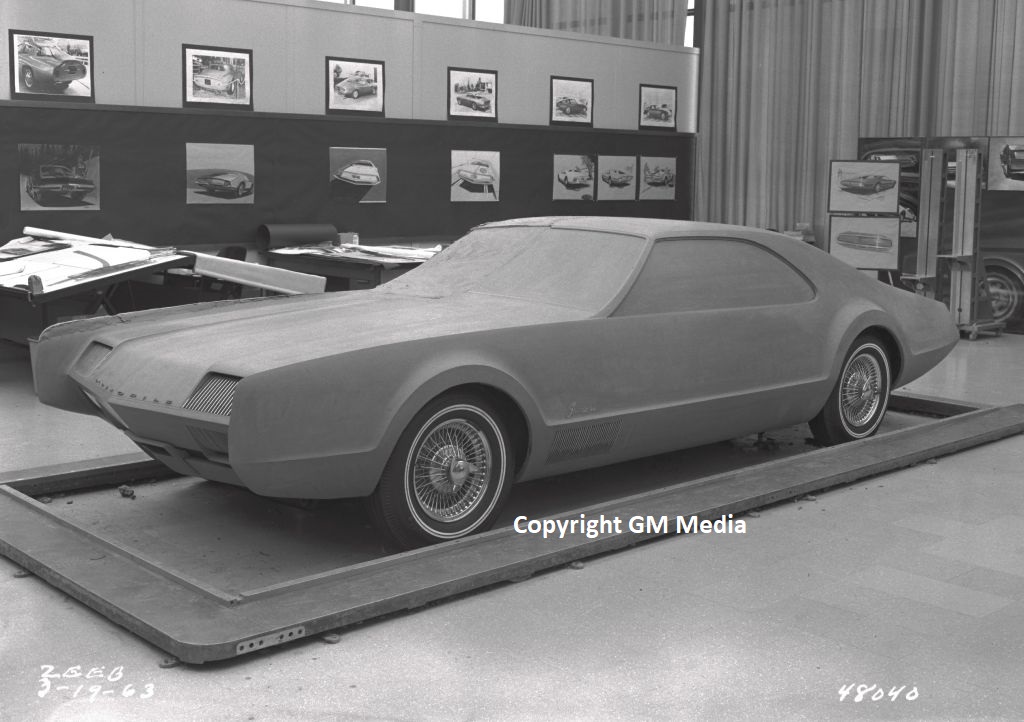Retro Stories by David Burrell
The 1963 full-sized Pontiacs are hailed as the cars which first defined Pontiac’s youthful and exuberant image in the 1960s. Long and low, they combined a deeply sculptured split grille, stacked headlights and subtle “coke bottle” hips which proved irresistible to buyers.

Work on the 1963s started in late 1960. For cost saving reasons the Pontiacs would share their centre body and roof structure with the other GM brands. In charge of the Pontiac design studio was Jack Humbert. His team included a newly hired David North.
Humbert was looking for a way to further differentiate Pontiacs from other GM brands and enhance the youth and high-performance image that Pontiac’s boss, Semon “Bunkie” Knudsen was championing.
Back in 1956, when Knudsen was appointed Pontiac’s general manager, he’d worked to eradicate Pontiac’s image as a stodgy “old man’s” car into a high performance, aspirational, youthful brand. First, he ditched the silver streaks styling motif which had been in place since 1935. Next came factory-backed NASCAR racing and the luxury sports Bonneville. For 1959 there was a double dose of image building. Enter “wide track” and a split grille. Both would become Pontiac hallmarks.
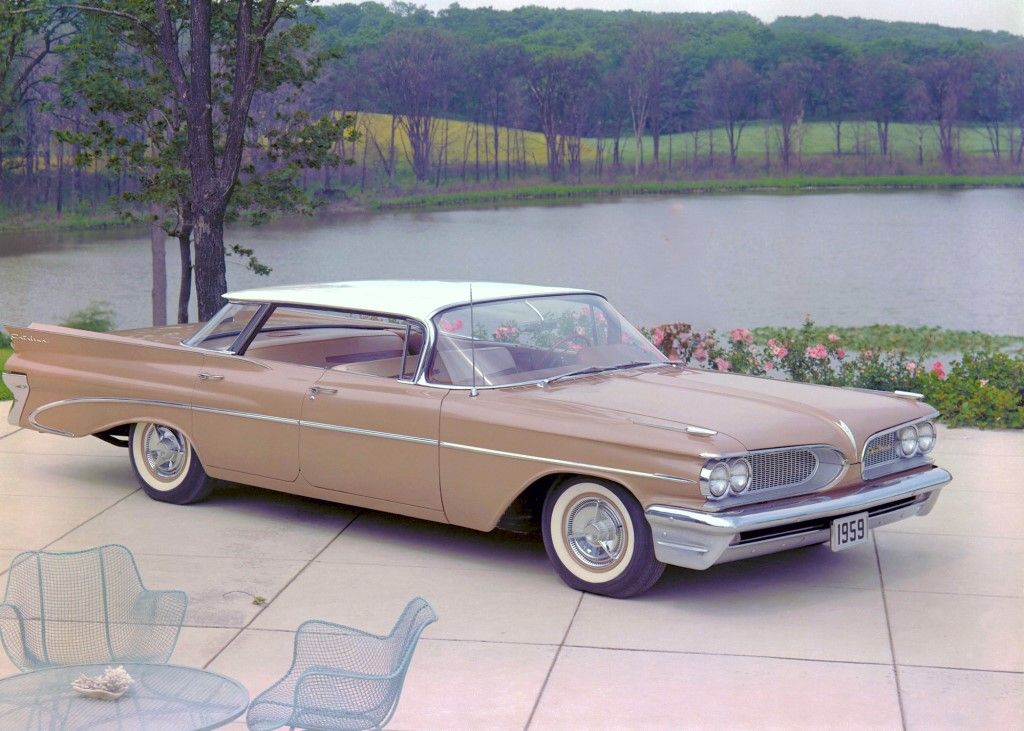
The origin of “wide track” has many sources. In essence, Knudsen wanted the wheels as far apart as possible to convey a sporty stance and give Pontiac something no other US car had. The split grille design theme was created by Paul Gillan and future Holden design director, Joe Schemansky. It added to the visual difference, and made the cars look wider. Buyers responded and Pontiac’s sales soared. By 1960 it was third in the USA market.
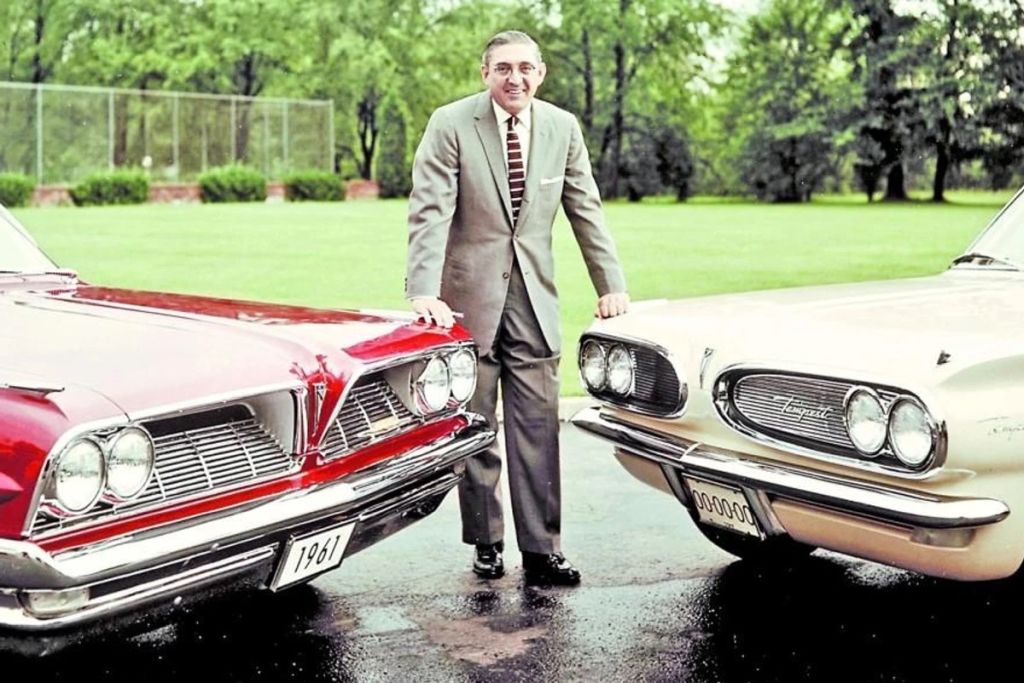
Not content with third position, Knudsen had his sights set higher and was urging his design team to come up with something new. It was on his Christmas vacation in 1960 that David North happened on a design idea which set the process in motion. David spoke to me about his inspiration:
“I’d gone back to my home town, Billings, Montana, for Christmas in 1960, and my Dad gave me an over-and-under shotgun as a Christmas gift. I thought the ends of the stacked barrels resembled headlights, so when I got back to work I sketched a red car with stacked headlights, and that’s where the idea originated.”
David sent me a copy of his original sketch, and it is reproduced here.
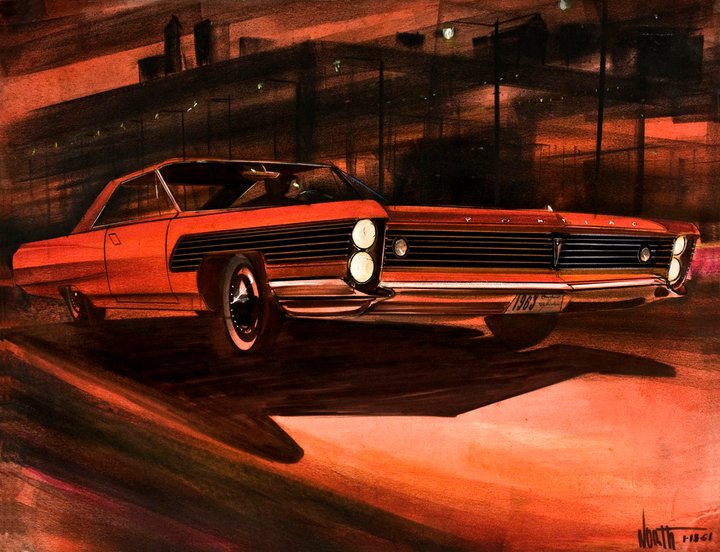
Stacked lights were not a new idea. American Motors used them on its 1957 Nash Ambassador. They also appeared on the 1957 Lincoln, 1960 Chrysler Royal, 1958 Mercedes 300SL Roadster and 1960 Nissan Cedric.
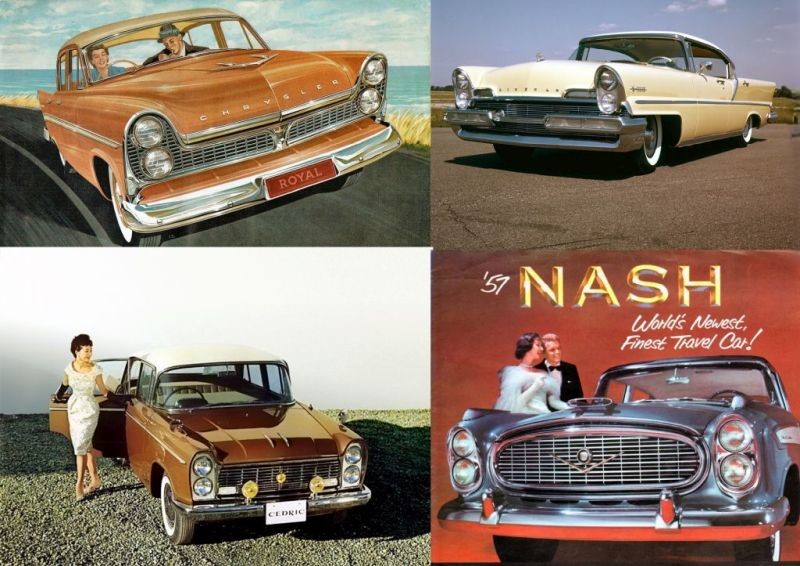
At first North’s “shotgun” idea was not a sure thing. Humbert also evaluated proposals that featured horizontal arrangements.
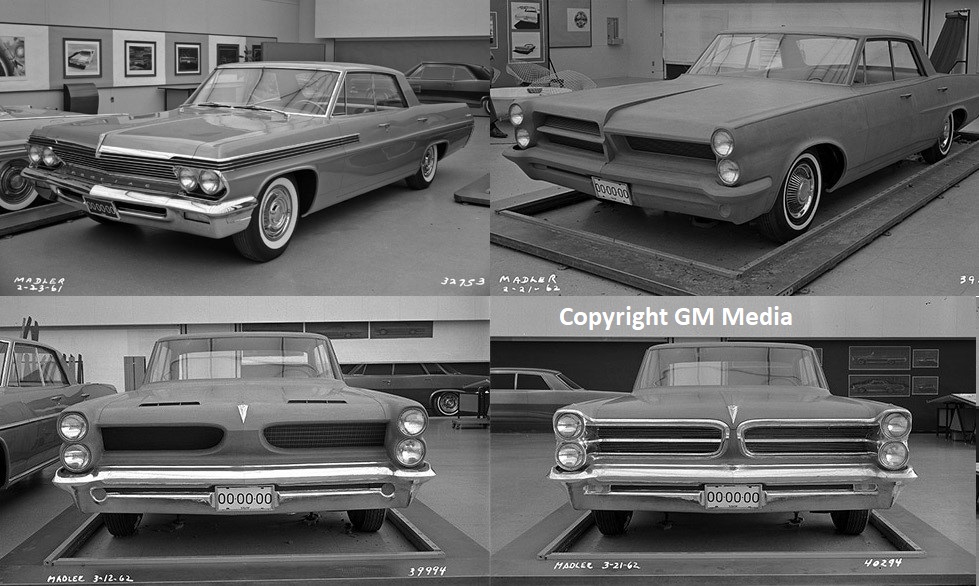
After seeing what the other GM divisions were planning for 1963, he knew the stacked lights would create the point of difference Knudsen and he envisioned. Adding to the racy appearance, Humbert “peeled back” the leading edge of the front fenders to partially reveal the lights in side view.
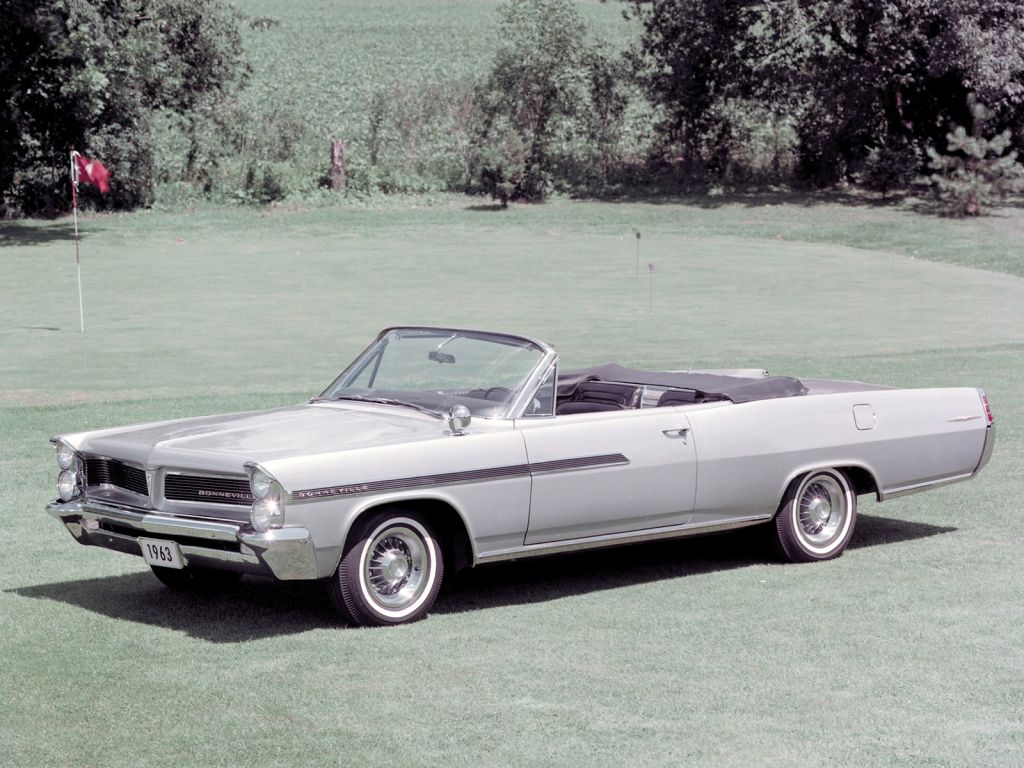
On their release the impact of the ‘63’s styling was immediate and one of Pontiac’s print advertisements predicted the future.
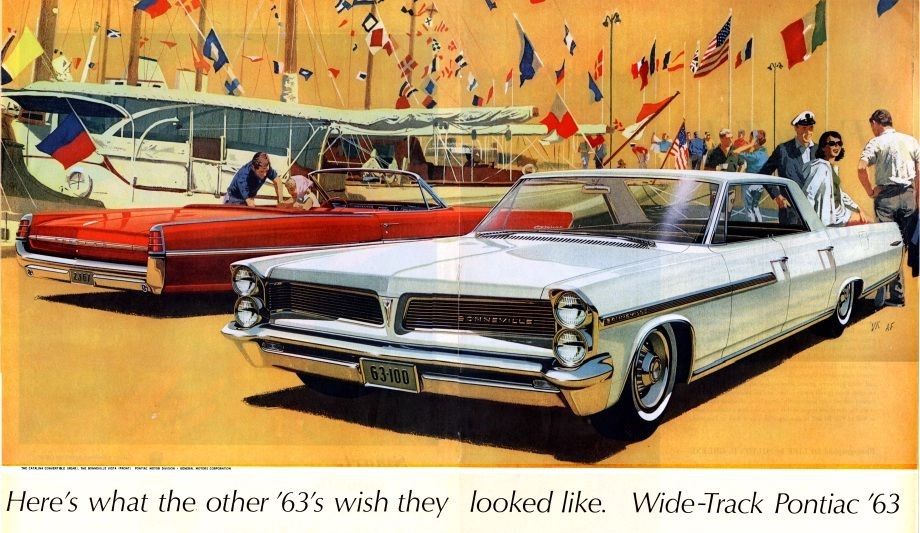
American Motors, Ford and Plymouth rushed to incorporated stacked lights in their 1965 models. Even Cadillac paid homage.
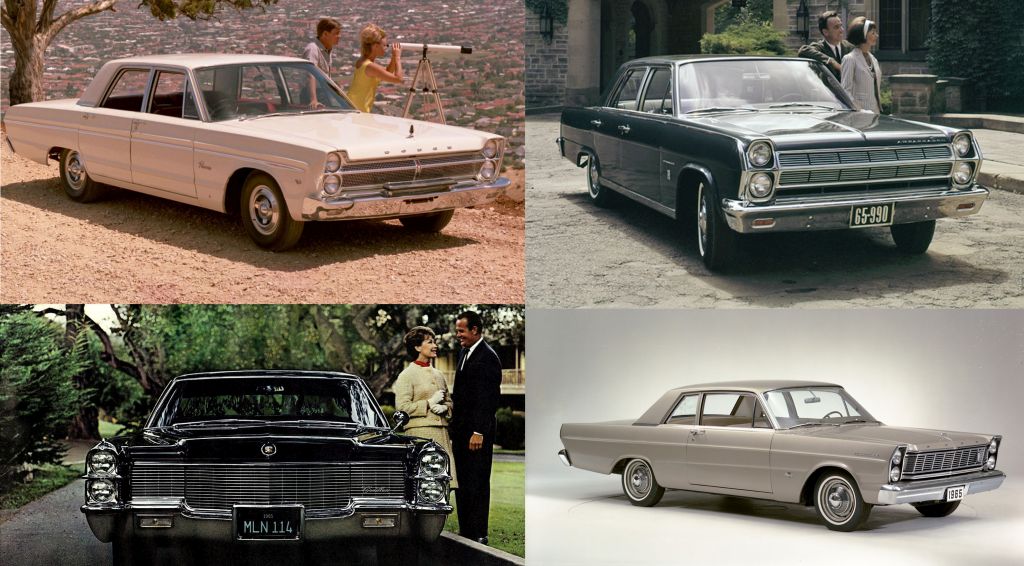
Now destined for Australia, Joe Schemansky explored the vertical theme when creating the early HK Holden styling proposals.
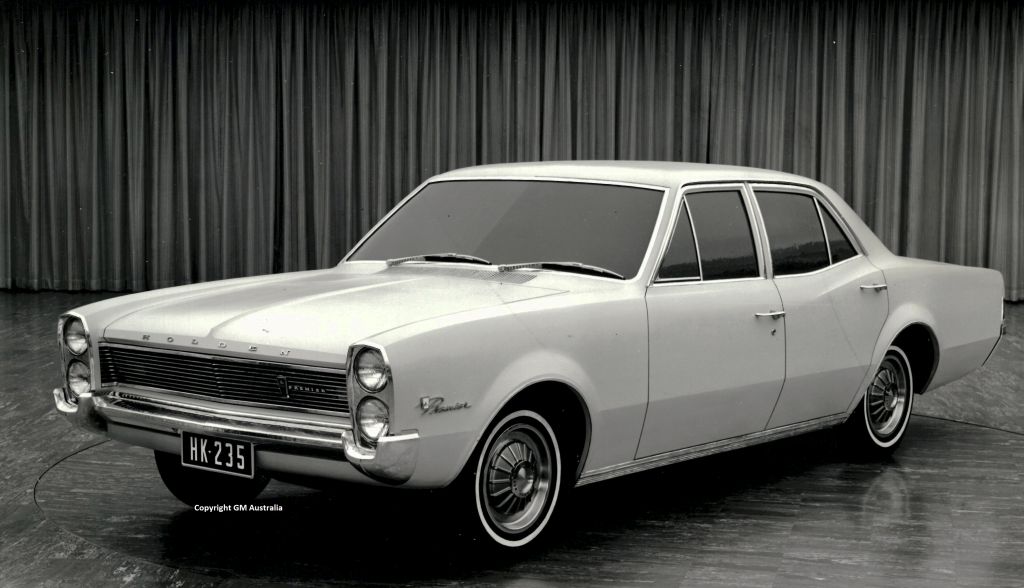
Such was the level of copying, a joke within GM’s styling department labelled the 1965 Ford as being the box in which the 1963 Pontiac was delivered.
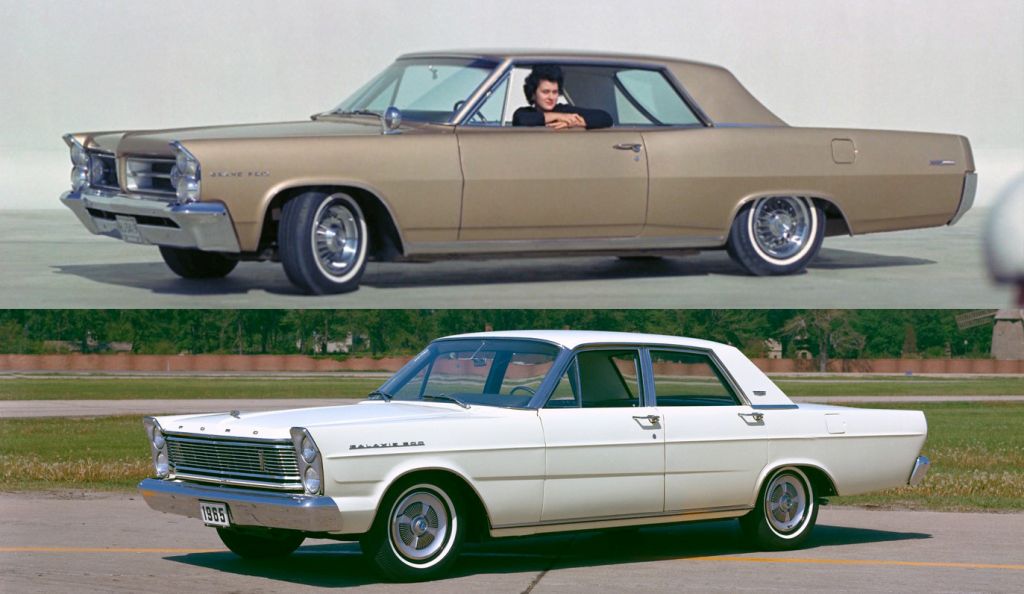
Interestingly, Humbert eliminated the “peel back” on the 1964 and 1966 Pontiacs, but used it for 1965 models. It kept the competition guessing.
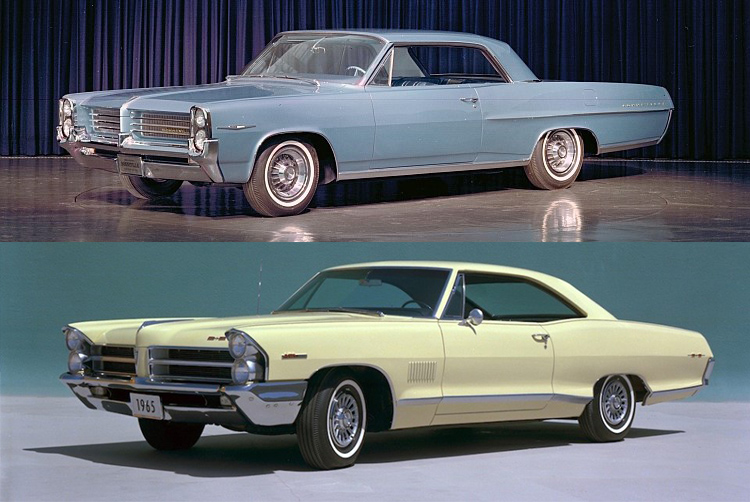
Pontiac reverted to horizontal lights in 1968, as did Ford and AMC. Plymouth joined them in 1969. Ironically, in 1967 at Ford Australia, its newly appointed design director, Jack Telnack, believed stacked lights still conveyed exclusivity. He and his styling team applied them to the 1969 ZC and 1971 ZD Fairlane. Sales increased.
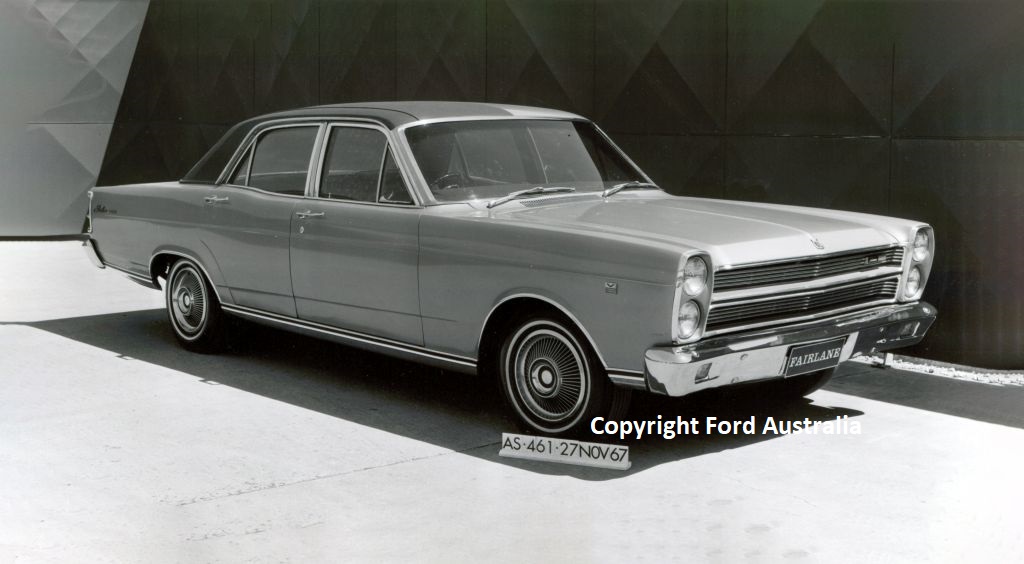
The success of the ’63 Pontiacs led to GM’s design boss, Bill Mitchell, to split up the Pontiac design team and assign them to other styling studios. David North told me that Mitchell wanted to spread the talent and ideas through the other studios. David went to the Oldsmobile studio. It was there, in early 1963, he sketched the shape of Oldsmobile’s 1966 Toronado. The Toronado’s design to driveway story, and my chat with David, will be featured on the AMHF website in the future.
